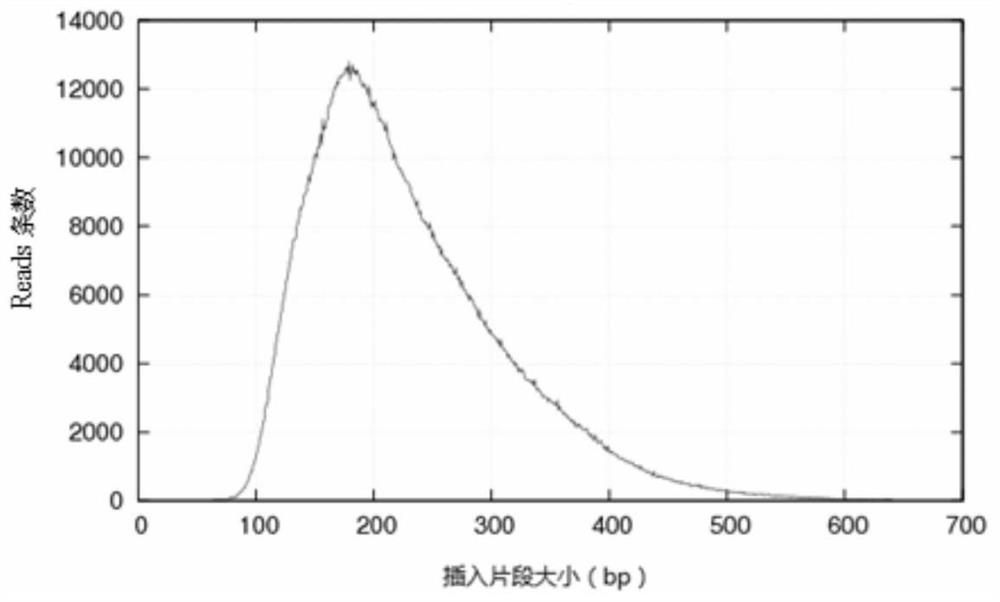Probes and their uses
A probe and fragment technology, which is applied in the system field of determining the nucleic acid sequence of the FLG gene coding region of the sample to be tested, can solve the problems such as failure to obtain a specific sequence or sequencing failure, the detection method of the FLG gene needs to be improved, and the FLG cannot be completely interpreted. To achieve the effect of small workload, low cost and good specificity
- Summary
- Abstract
- Description
- Claims
- Application Information
AI Technical Summary
Problems solved by technology
Method used
Image
Examples
Embodiment 1
[0110] According to the method for determining the nucleic acid sequence of the FLG gene coding region of the sample to be tested according to the present invention, refer to Figure 16 , follow the steps below to perform FLG gene detection on the sample to be tested:
[0111] Among them, the sample to be tested, that is, the patient information is as follows:
[0112]
[0113] 1. Preparation of probes and chips
[0114] Design a set of capture probes that specifically recognize the coding region of the FLG gene, and use the Custom Array B3P platform to synthesize the probes, and then prepare multiple chips. The parameters for the design and synthesis of the probes are as follows:
[0115] (1) The length of the probe is 75bp;
[0116] (2) The probe specifically recognizes the sequence between the upstream 10bp and the downstream 10bp of the coding region of the FLG gene;
[0117] (3) Probes that specifically recognize regions with a GC content higher than 0.6 and lower t...
Embodiment 2
[0265] According to the method of Example 1, FLG gene detection was performed on 59 suspected patients with ichthyosis vulgaris. Among them, this embodiment uses the first-generation direct sequencing method (that is, PCR is performed first, and then nested amplification is performed on the PCR product to obtain a specific target sequence, and then combined with sanger sequencing to interpret the FLG sequence) as a control.
[0266] The results are shown in the following table. Using the method of the present invention, mutations in the FLG gene were detected in 49 patients, and the detection rate was 83%. Compared with the first-generation direct sequencing detection rate (less than 30%), it is greatly improved.
[0267] patient number FLG test results P1 p.Ser1515*, Het P2 [c.3321delA+c.1126delG] P3 no (none) P4 c.3321delA, Hom P5 [c.3321delA+p.Gln2417*] P6 c.3321delA, Het
[0268] P7 c.3321delA, Het P8 [c...
PUM
 Login to View More
Login to View More Abstract
Description
Claims
Application Information
 Login to View More
Login to View More - R&D Engineer
- R&D Manager
- IP Professional
- Industry Leading Data Capabilities
- Powerful AI technology
- Patent DNA Extraction
Browse by: Latest US Patents, China's latest patents, Technical Efficacy Thesaurus, Application Domain, Technology Topic, Popular Technical Reports.
© 2024 PatSnap. All rights reserved.Legal|Privacy policy|Modern Slavery Act Transparency Statement|Sitemap|About US| Contact US: help@patsnap.com










